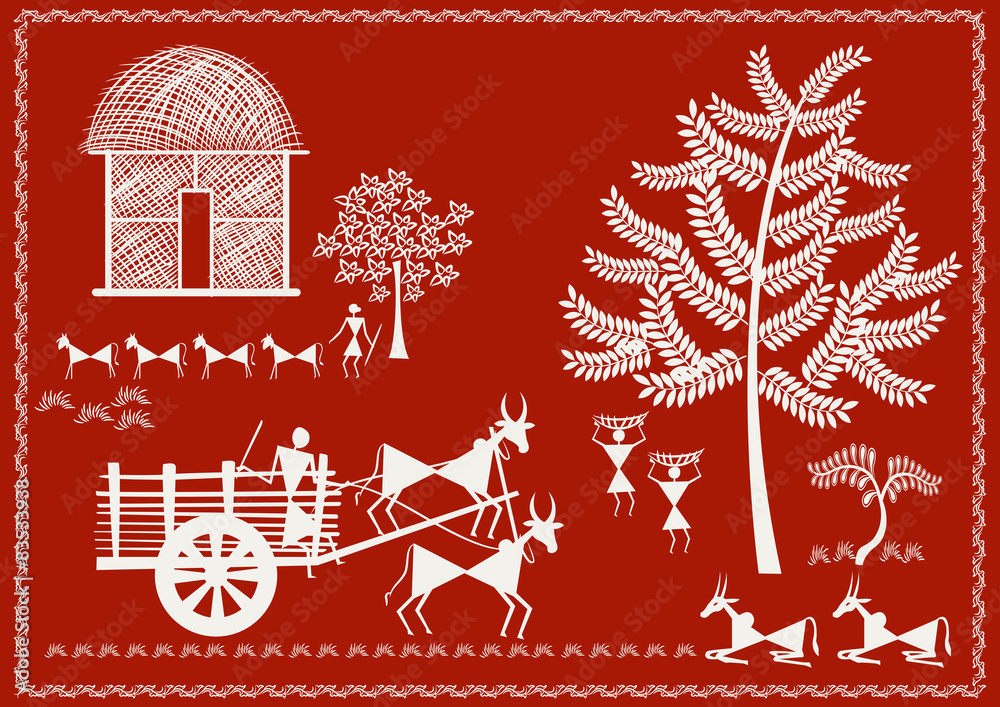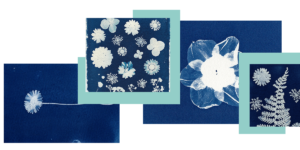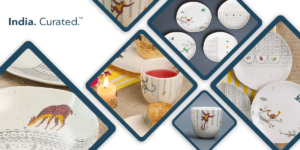India is home to various tribes, called “Adivasis,” known for its outstanding cultural traits. There are so many tribes like Bhils, Warlis, Maithilis, Rathwas, Gonds, and Sauras, who gets famous for their paintings and traditional art. Wall painting such as Warli art designs holds significance for any tribal community as it is the simplest way to showcase their rituals and ancient culture. Artists recreate the ancient Indian art form on various auspicious occasions. Or festivals like marriage, birth, or harvest.
The appeal and origin of Warli painting in India lies in their simplicity, developed on walls using geometric shapes. Such as circles, triangles, squares, and dotted lines.
The origin of Warli art designs or tribal art design assets have a backdrop made of branches, bamboo stick, earth, and red bricks, in addition to the simple color scheme like white pigment. They depict real-life events and are ancient, making them an integral part of the tribe.
What is Warli Art Designs?
This folk art and wall paintings is one of the oldest and most beautiful art forms of India. Although it only came to light in the 1970s. The most important characteristic of Warli painting ideas is that it does not depict mythological characters or images of deities, but social and daily life of local people.
The artists and tribal people use a loose rhythmic pattern to develop pictures of their social life, lifestyle, and occupation. Initially, tribal women created these wonderful paintings on the walls. Inspired by the monsoon cycle and nature worship since the tribe belongs to farmers. Warli art designs meaning successfully conveyed folklore to future generations, who lacked proficiency in written communication.
Before becoming an artistic value, the art form was imprinted on the walls of the tribe’s mud houses. Indian tribes can harbor artistic gems within their folds for generations. But eventually, they find outward recognition in one form or another. Today, Warli paintings and artists have gained fame, appreciation, and usability.
Warli Art Designs: The Origination
The word ‘Warli’ originated from Warla, meaning “piece of land” or “field”. Warli tribes practice it from the North Sahyadri Range in Maharashtra. India and extended all the way up to the Gujarat border. Traditionally, people from the Warli and Malkhar koli tribe created Warli art designs on the walls of their mud huts or houses with rice paste.
The origin of warli art tribe has been practicing this art and tarpa dance for generations and it can be traced back to as early as the tenth century. In the past, Warli artists used to make their paintings in their homes as a part of their cultural requirements. They would paint over a brown background. Which was basically a mixture of mud and cow dung cakes.
Nevertheless, it is impossible to discuss Warli art origin without mentioning the circular dance formations performed by the tribes using the tarpa as a musical instrument. It is a symbolic Warli painting depicting an essential contemporary culture connection and ritual. That the villagers follow with mirth and anticipation. Such as circle a triangle, circle represents the sun and the moon in the traditional art.
A man typically plays this trumpet-like instrument while standing centrally surrounded by village men and women who hold hands in a continuous circle. The dancers turn or change directions according to the rhythm, never turning their backs to the tarpa as the music director directs them.
Government Recognition
The Government of India has recognized the Warli art designs as “Masterpieces of National Integration” because they unite people of different cultural backgrounds living in India.
The origin of Warli art designs involves painting intricate patterns and designs on a piece of cloth or dried banana leaf. On one side, there are elaborate drawings, while the other side has a plain pattern or design that becomes visible when light or fire is reflected on it.
Artists create Warli paintings using natural pigments derived from plants, nature and wildlife such as mixture of rice, tall grass roots, leaves, and flowers. They paint these artworks on clothes, leaves, and walls. In 2003, UNESCO recognized the famous painting style as part of its Intangible Cultural Heritage list.
Themes of Warli Art Designs

picture credit: Vishakha Joshi
People of many cultures of life inspire the themes. The painting’s most important characteristic is that it does not depict mythological characters or deities. In their various Warli art styles, tribesmen depict their fundamental existence. Warli paintings fall into the following categories:
The Gods: Paintings in this category are influenced by the historic legend of the Warli tribe. Even tribesmen showcase the faith of their past.
The People: In these Warli paintings, the people are shown in both a positive and negative light.
The Species: Warli paintings depict various creatures found in the area, including the popular animal tiger.
Rights and Rituals: Representing rights and rituals are the most prominent theme of Warli paintings.
Warli Art Designs Have the Following Features
Wildlife and nature are showcased in Warli art designs, which also depicts the harmony of our universe. These paintings depict images of humans dancing with open-ended circles and spirals creatively illustrating day to day life of our tribes. Earth brown and rice paste were the original two colors used in Warli art designs.
The backdrop hues of Warli painting have gradually evolved through time to include henna, indigo, ochre, and black; clay huts, earthy mud; and brick red. The piece of art is two-dimensional, plain, and linear with a strong focus on triangular shapes.
What’s Now About Warli Art Designs?

picture credits: Adobe Stock: Neilras
The Warli Painting of Maharashtra are very different from other tribal and folk paintings in India. Their themes revolve around depiction of daily life activities or day to day activities rather than mythological themes.
Madhubani paintings do not use earth colors or rice paste in white; instead, they use bright colors. The paintings is painted on mud and cow dung based surfaces.
Breaking the traditional norm, Jivya Soma Mashe, a talented Warli artist, began painting for artistic purposes instead of cultural or ritualistic ones. This created a whole new market for art connoisseurs and innovators who were willing to experiment and use these paintings on different canvases for different purposes.
You can easily found Warli art on many different products, such as cushions, mugs, bags, and even cell phone covers. Several leading fashion designers have used Warli paintings as fabrics in major fashion shows, and the fashion industry has taken a warm liking to these petite and simple paintings. Sarees painted in Warli have become quite popular, as have shawls, stoles, Kurtis, and other clothing lines that look smart and are culturally authentic.









